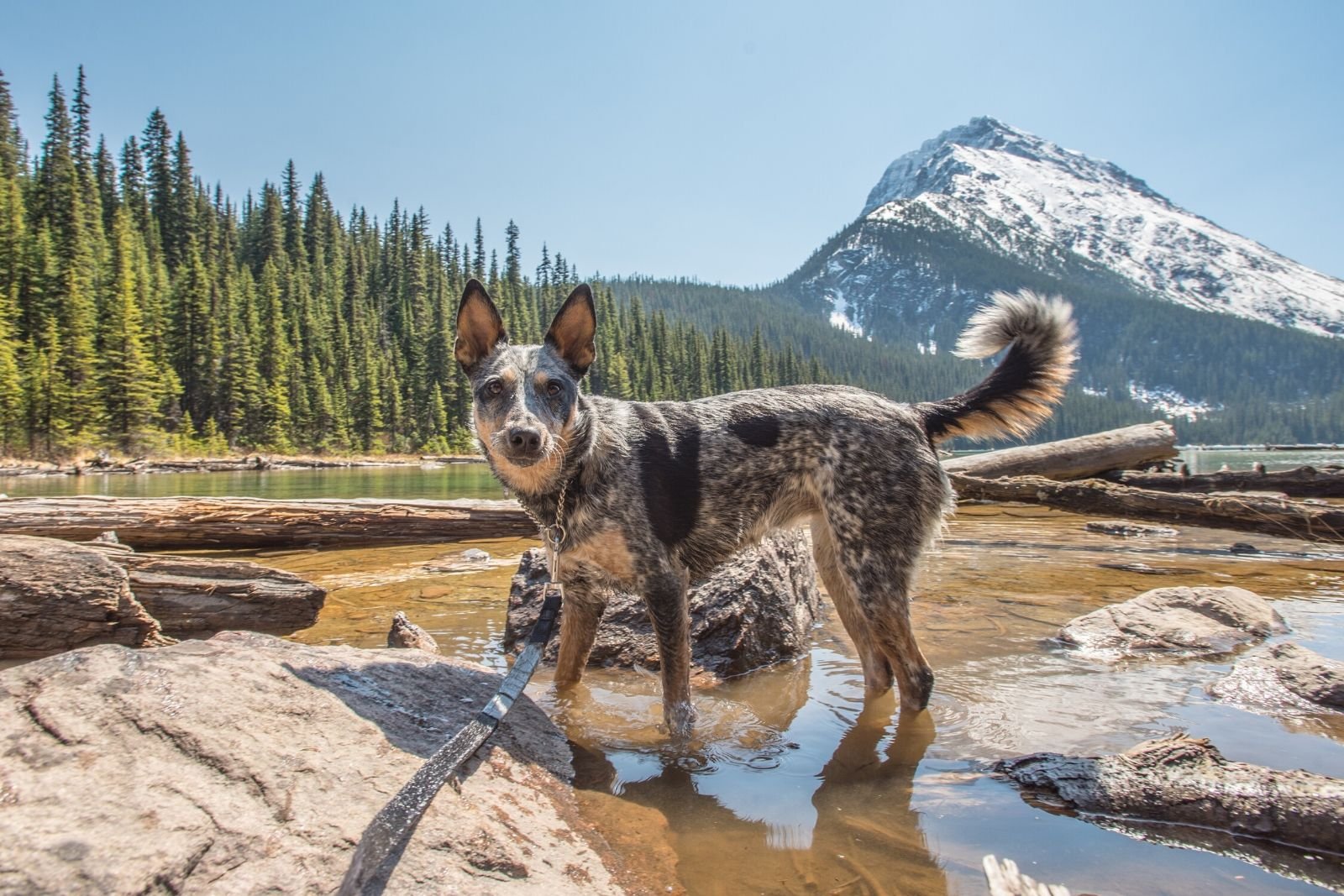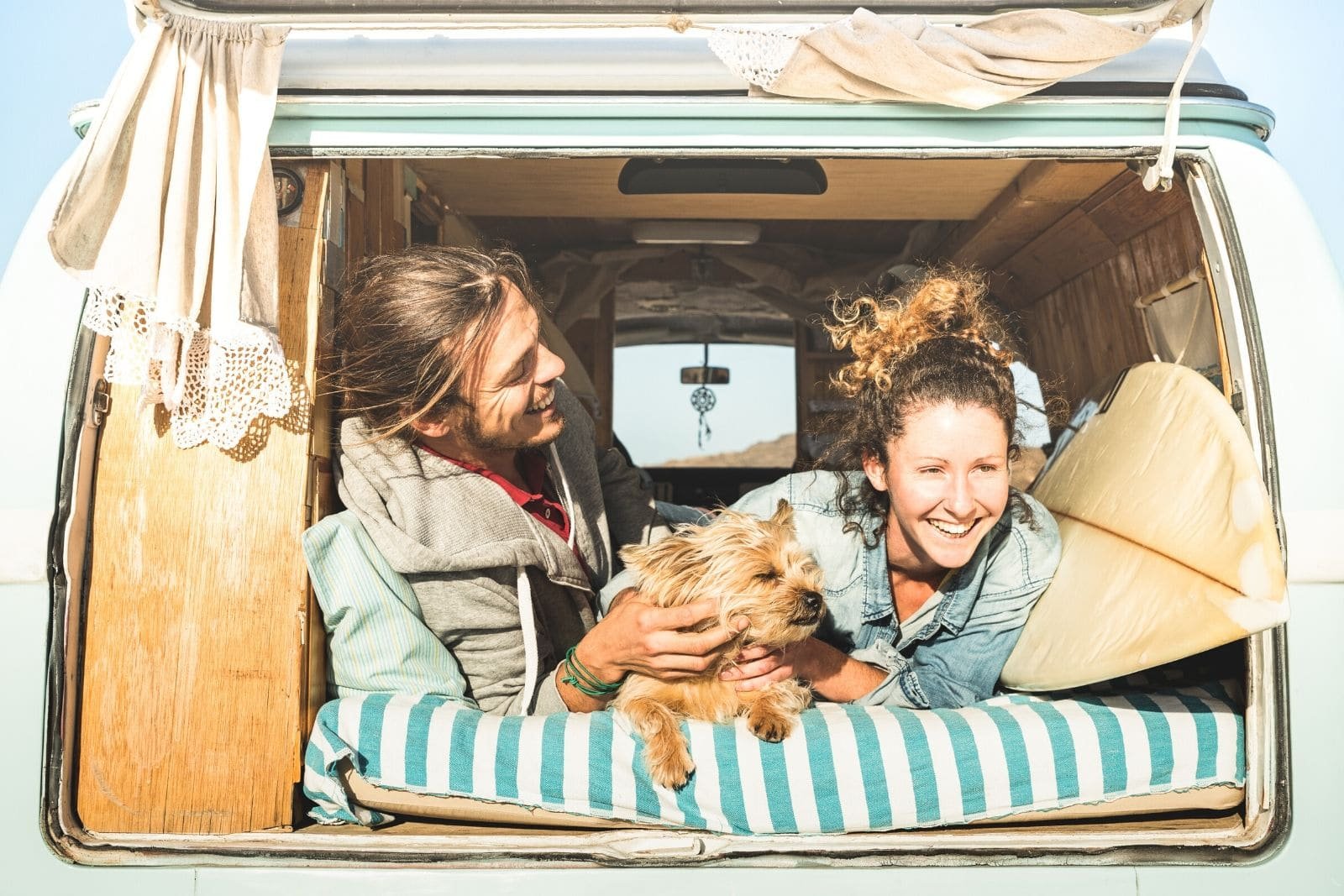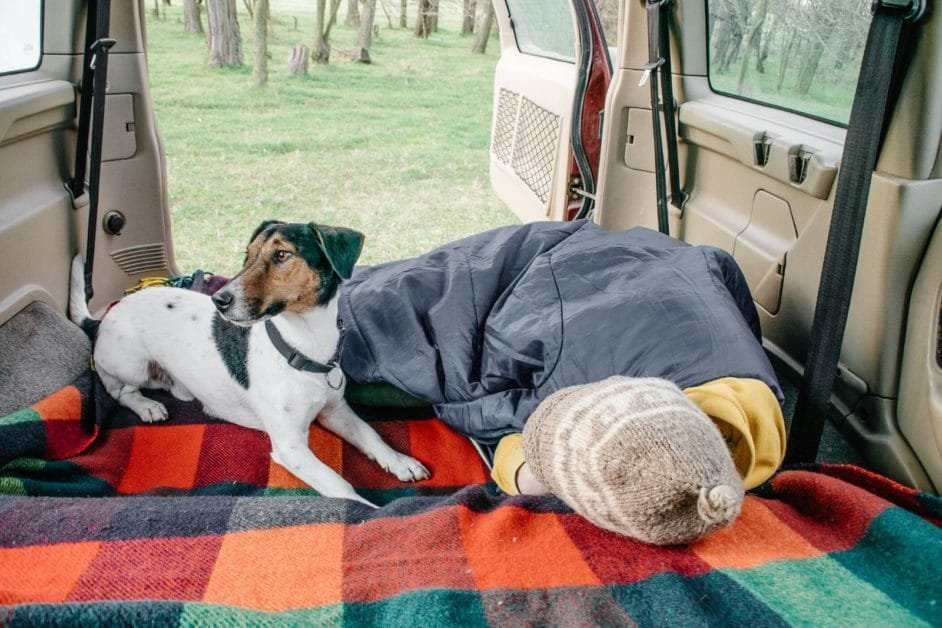We love taking our pets with us any place we go, and with more pet-accommodating organizations and facilities, traveling with a dog is simpler than ever. And while taking your pet on trips can be fun, remembering pets for itinerary items additionally implies making arrangements for pet-accommodating facilities, dealing with them out and about, or agonizing over them during a flight.
For certain individuals and pets this can cause pressure that takes away from the fun of an outing, but it doesn’t need to be that way. By doing a touch of additional arranging, and remembering the following things before you jump on a plane or hit the street with your furry friend, you can ease the pressure of traveling and focus on unwinding and making the most of your excursion.

Avoid leaving your pet behind and facing that sad goodbye. Do some homework before the trip to ensure that the experience is fun and low stress for both you and your dog. To spare you time there, we have assembled a rundown of things you have to do before setting off with your pet.
- Get an EU pet Passport
- Microchip your pet
- Schedule a Vet Visit
- Pack their favorite toys, blankets and food
- Have a collar, leash and tags
- Bring food and water and something to put them into
- Equip your vehicle with dog seat belts
- Driving with your dog? Bring him/her for a walk first
- Flying? Get him used to his cage
- Bring Scoop Bags!
- Carry a recent photo in case you lose your pet

Get an EU pet Passport
If you’re traveling with your dog to an EU Member State, your pet must have an EU Pet Passport, which is accessible from private veterinary professionals. This document proves that your pet is up to date on it’s rabies vaccine. For other countries, you can check with the tourism board for the most up to date requirements.
Microchip your pet
In Ireland, the Department of Agriculture, Food and Marine specify that your pet must be recognized by a microchip, accessible from a veterinary expert.
before traveling with your dog, Schedule A Vet Visit
Make sure your dog is healthy and up to date on vaccines, and consider picking up a gentle sedative. Ask your vet to record everything on the Pet Passport.
Pack their favorite toys, blankets and food
Just like you feel better traveling with some of the comforts of home, it will alleviate a lot of your dog’s stress if you pack some of their favorite things, like toys, a blanket and treats.
Have a collar, leash and tags
Keeping constant control of your dog is even more important during travel. If you lose track of them in air terminals or ship terminals, you want them to be easy to identify,.
bring food and water and something to put them into
You should always carry some water and a small receptacle your dog can drink out of because you never know when you’re going to be in a situation where you can’t easily acquire some. Ideally you should also carry some food and treats.
equip your vehicle with dog seat belts
As indicated by the AA and Dogs Trust, there is an innate hazard with driving a vehicle with an unsecured dog in the vehicle. In case of an impact at 50km/h, your dog can be tossed about inside the vehicle with a power of 30-60 times their body weight. Not only would this hurt or injure your beloved pet, it makes them conceivably a deadly projectile to the driver and passengers in the car. A dog seatbelt restraint can mitigate this danger.
Driving with your dog? Bring him/her for a walk first
Your dog will be anxious when voyaging, so it’s a good idea to take him for a long walk first. This will help him expend a bunch of energy before spending a drawn out period in the vehicle.
Flying? get him used to his cage
If your larger dog is required to travel in a cage, you should spend several days before the trip letting him spend some time in it each day to get accustomed to it. If you put a blanket in while he’s getting used to the enclosure, make sure you keep that same blanket in there for the trip so he recognizes the scent and feels comfortable and calm.
Bring Scoop Bags!
There is not much clarification required for these. On the off chance that you pet craps in an air terminal you truly would prefer not to get with your hands, isn’t that right?
carry a recent photo in case you lose your pet
On the off chance that you lose your dog during travel, you may find it difficult to describe him to local authorities, especially if you are somewhere that you aren’t fluent in the language. Have a couple of photos showing scale and distinguishing markings so it can be easily identified.
Disclose its Breed and size
When you are researching your trip, watch for guidelines indicating breed and size that apply to your situation. It’s better to enquire directly rather than make assumptions and be disappointed.

Author Bio

Eva Greene is a Lead Pet Blogger at Doggytalent.com, where she shares everything she has learnt about dogs, by documenting her own journey. She made some critical mistakes that cost her a lot of stress, she started the blog to prevent other dog owners from making the same mistakes.

NICE ARTICLE SHARING SHARING FOR US. THANKS FOR SHARING THIS ARTICLE.